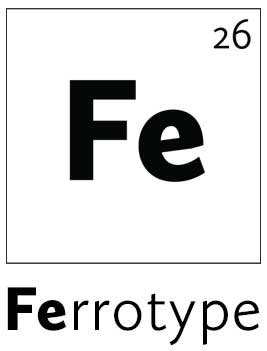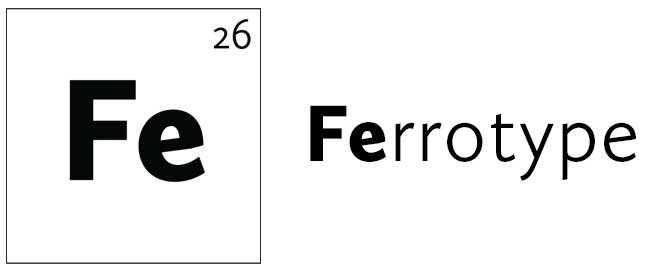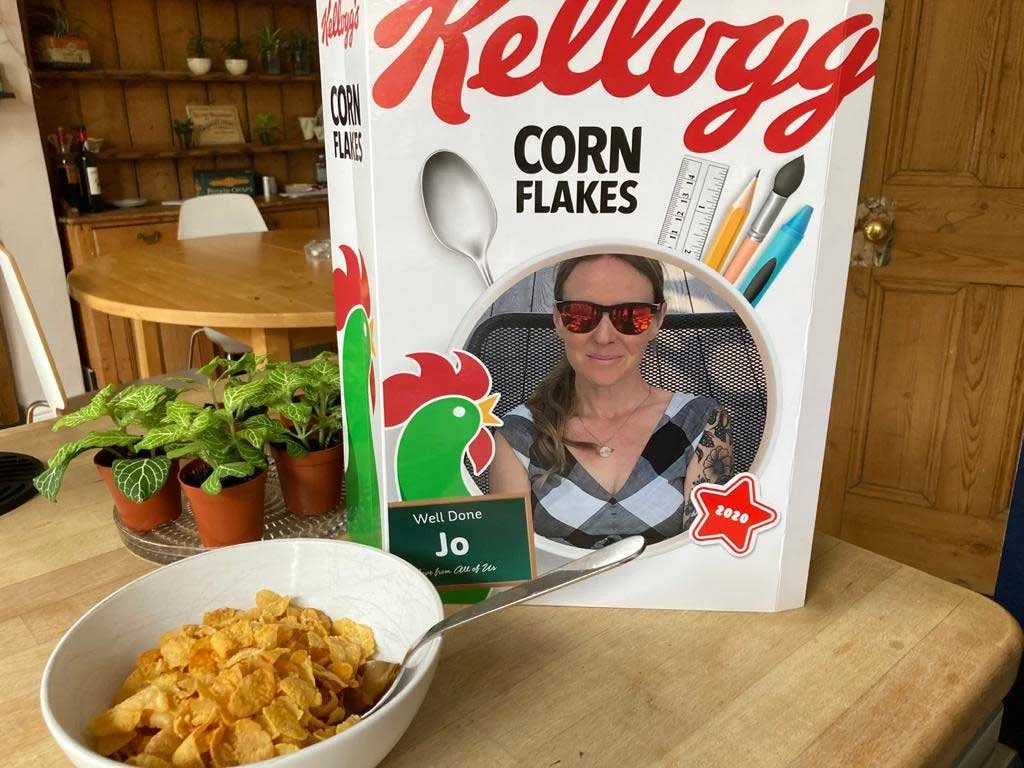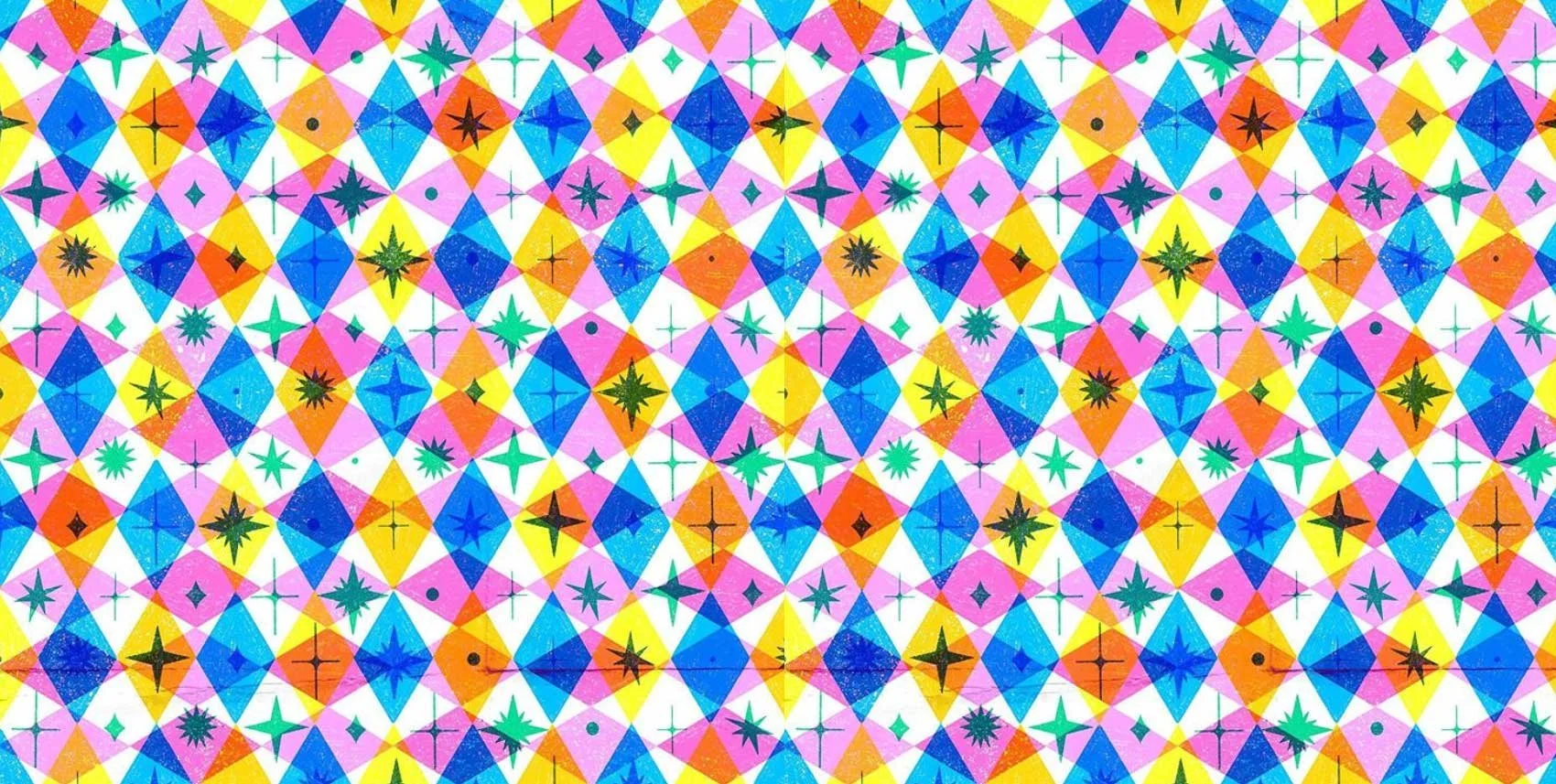FSC vs recycled paper. What is the difference?
Is FSC paper recycled?
Do you know what FSC paper is? Is it recycled paper? Is it even a good thing? Fear not, we have cut through the jargon to answer the most basic questions you might have.
So you’d be forgiven for thinking that a notebook was a reasonably eco-friendly choice. After all, notebooks are made from paper and so, on the surface at least, they seem quite an environmentally friendly option. But what about the paper that goes into making the notebook? After all, paper typically comes from trees and chopping down a tree to make your notebook is quite a big issue when you think about it. So how sustainable is paper?
Once you ask this question you will very quickly arrive at two commonly used paper sources – FSC certified paper, and recycled paper. So what are they, are they the same thing and if not, what are the differences? And what should you look out for?
What is FSC paper?
In simple terms, FSC paper is a global system of showing that the paper used came from a sustainable source.
FSC stands for Forestry Stewardship Council. This is a non-profit global organisation that exists to ensure forests are well managed. This in turn gives consumers an easily identifiable logo on paper and wood products so that you know the paper has been made from trees that were responsibly managed – it takes into account the environmental, social and economic impact of how the forests were managed. You can find out far more about it by visiting their website. Yes, it still means that trees were grown specifically for the purpose of pulping down into paper, so the paper is virgin stock. But it has been well-managed and that is a good thing.
The outtake on FSC paper is that it is a simple, reliable system you can use to buy with confidence.
What is recycled paper?
In simple terms recycled paper is old paper that has been re-made into new paper. However it isn’t as simple as it might first seem.
For starters, what is the definition of recycled? How much content needs to be recycled to qualify? 100%? 99%? If you are prepared to accept that it isn’t an all-or-nothing decision then would you accept 50%? Or just 10% recycled content?! Sadly there seems to be no set standard for what defines paper as being recycled. This in turn means that you will have to do your own homework on this if you want to avoid it becoming a mere box-ticking exercise.
That said, at 50% recycled is your glass half full or half empty? Half recycled is certainly better than none, so maybe the issue here is one of it being mis-sold? The answer lies, again, in doing your research and checking exactly what you are buying. If it isn’t clearly stated then maybe alarm bells should start to ring.
Which then raises the question of what the remaining paper content actually is. If the content is not 100% recycled material then what is that balance made up of? Which in turn poses the question, is 100% virgin FSC paper better than say a mix of 50% recycled/50% virgin non-FSC paper? Questions like this are very hard to answer, and may anyway depend on what you expect when you buy.
The outtake on recycled paper is that it is many different things to many different people, and you will have to decide what you will accept and what you won’t. Recycled paper requires effort.
Post-consumer waste
This is a phrase that will often crop up in relation to recycled material. It means products that have been used and come to the end of their natural cycle. In this case it means paper that has been used and then converted back into new paper. Other forms of recycling might involve waste product from the paper manufacturing process itself.
So is FSC paper the same as recycled?
To answer the question posed at the beginning, no. FSC paper is not recycled paper. FSC is a certification system that ensures the sustainable management of virgin paper production. Demand for paper will likely always outstrip the ability to make recycled paper, so we will need virgin paper stock, and FSC paper ensures it is responsibly and sustainably produced. And in turn, that is why major manufacturers adhere to the FSC standards.
There is, however, an FSC Recyled label, and this is there to add the same confidence when buying a paper product. This will certify that the recycled material in that product is verified as being genuinely recycled, and the right mix of pre- and post-consumer waste.
What about our notebooks?
Most of our notebooks use FSC certified paper – this includes Castelli, Moleskine and Leuchtturm. It is worth noting though that at present none of our notebooks are made from recycled paper. If this is an issue then you might want to consider the Karst notebook which avoids the whole issue of FSC and recycled paper by being made from recycled stone. Yes, that’s right - no trees involved.
So much for the paper, what about the cover?
Ah, the cover. So even when you have established that your notebook contains FSC or even recycled paper, there is the tricky issue of the cover to deal with. Now some books have card covers – see the Castelli Singer or the MOR Notebook – and these are at least made from FSC stock. Other notebooks, particularly ones with a vinyl covering, are more of a problem as the vinyl is made from plastic. Most of the cover will be made from card though, and this has the same FSC/recycled issues as the paper inside. Finally, manufacturers are coming round to this issue and so we are seeing books like the Castelli Nature which has dropped the vinyl content in favour of a fully-paper based (FSC!) cover.
And all of this then leads on to what happens to your notebook once you have finished with it. We will come back and consider the post-life of a notebook in another post.















